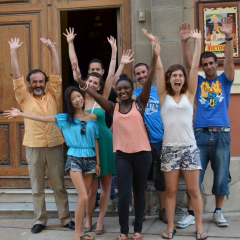Why a Spanish course in Málaga?
Spain has much more to offer than the metropolises Barcelona and Madrid, or the touristical centre Mallorca. Southern Spain is also becoming an increasingly popular holiday destination - and rightly so: Andalusia has always attracted visitors with its numerous coastal regions, long sandy beaches, diverse museums, fresh Spanish cuisine, excellent wines and fantastic weather.
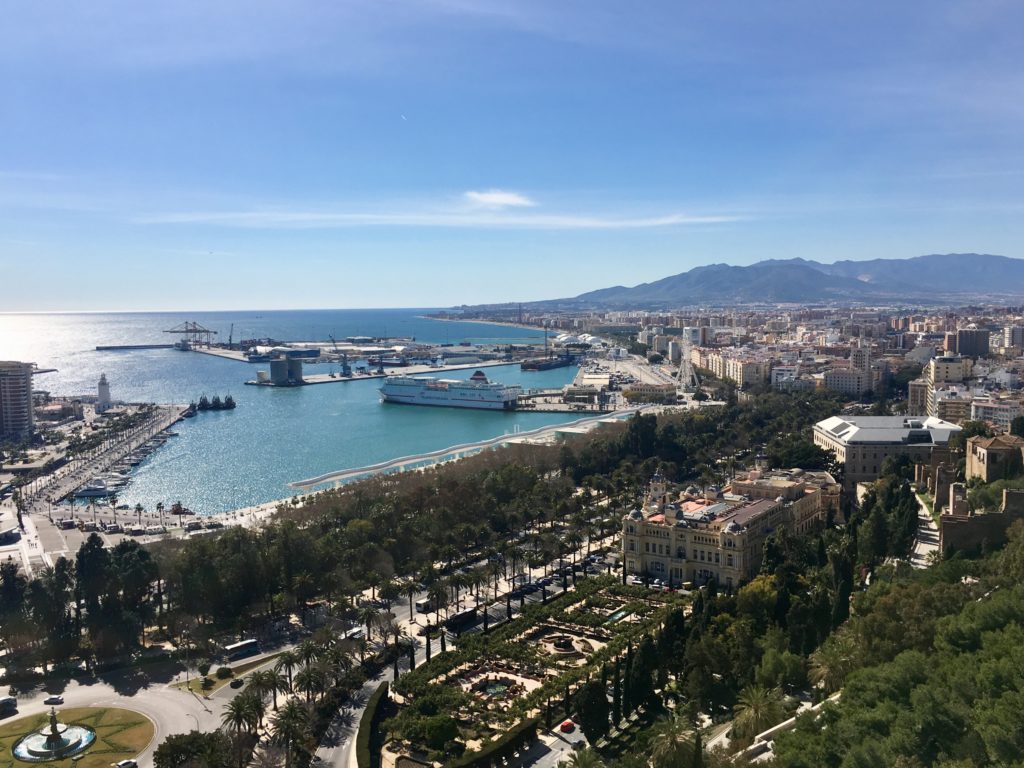
On the beautiful Costa del Sol, the Coast of the Sun lies the historic port city of Malaga. With an average of about 3000 hours of sunshine per year (source: die-5-stadte-spaniens-mit-dem-schonsten-wetter) it fully deserves this name, which probably also contributes to the fact that the people here are among the happiest in the world, as a recent study published. According to this study, Malaga is the most „smiling city“ in Europe, Asia, Africa and North America (source: www.traveler.es/ciudad-alegre-donde-la-gente-sonrie-mas-malaga)
If that's not enough reason for a Spanish course in Málaga, perhaps these Top To Do's, which we have compiled for you in our experience, will convince you:
Those who have been to Spain already will soon discover that Andalusia is different from northern Spain or Catalonia, from Castile or Madrid. Málaga is more relaxed and lively than many other large cities. To describe it in a few words, Malaga and its surrounding suburbs are picturesque, idyllic, romantic and often impressive.
The small alleys and squares that invite you to stroll and linger, the narrow historic houses reminiscent of scenes from Romeo and Juliet, or the white villages, literally glowing in the sun, of which one would like to hang up paintings at home. Malaga simply shines with a charm that has no equal.
It’s also the people that make the place so special. Andalusians and especially the Malagueños are open-hearted, spirited and warm people, just like their region. Even in winter the temperatures here are mild and often you get the feeling that you are visiting North Africa. The oriental influence is noticeable in architecture as well as in gastronomy.
Málaga is located directly on the sea in the heart of Andalusia and is therefore strategically located to explore - or even conquer - the entire region. Many different peoples and religions have shaped the city, starting with the Phoenicians (who founded it), the Romans or the Muslims who made it part of Al-Andalus. This mixture has enriched the city with great architectural works, but also linguistically and musically. There is a lot to discover in Málaga and the city surprises with its often inexpensive possibilities.
The Alcazaba, a fortress from the Moorish era – which is also reflected in its architectural style – can be found in the middle of old town: Whereas from the outside it is „just“ a castle to defend the city, the Alcazaba enchants from the inside with fountains, mosaics and dreamy courtyards. From the castle walls you also have a very nice view of the city.
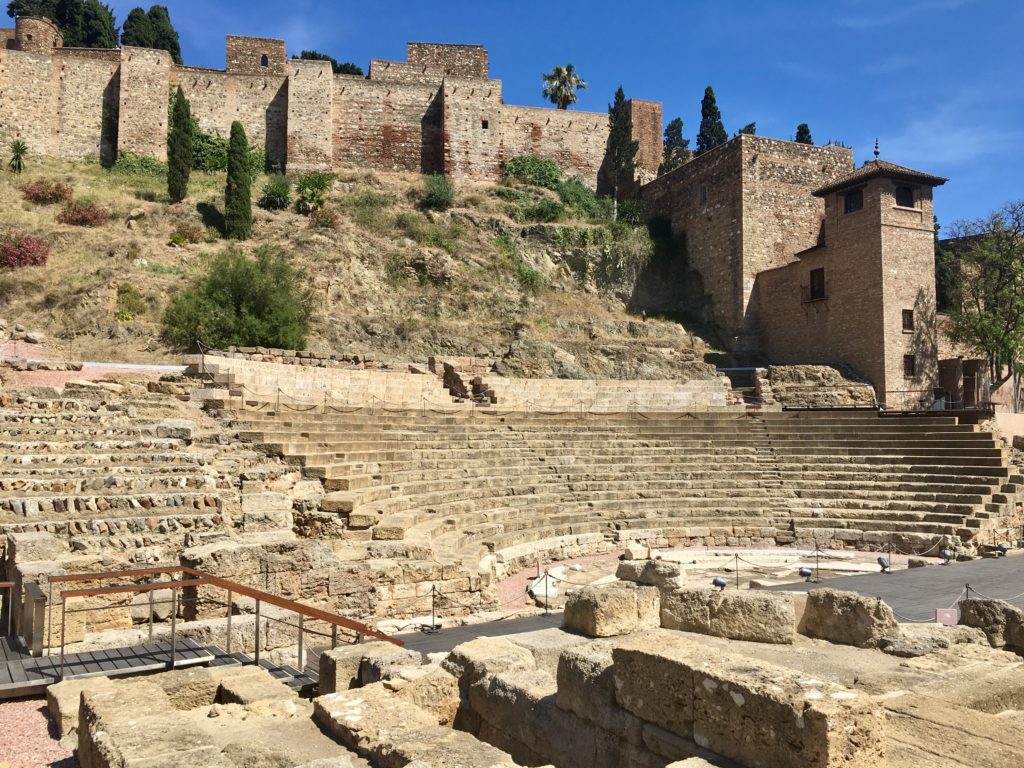
But even more beautiful is the view from Castillo Gibralfaro. The castle is located right next to the Alcazaba, but a little higher up on a hill, which gives visitors a very nice 360° view over the entire city. The partly steep way up is therefore absolutely worthwhile - especially at sunset the panoramic view is wonderful.
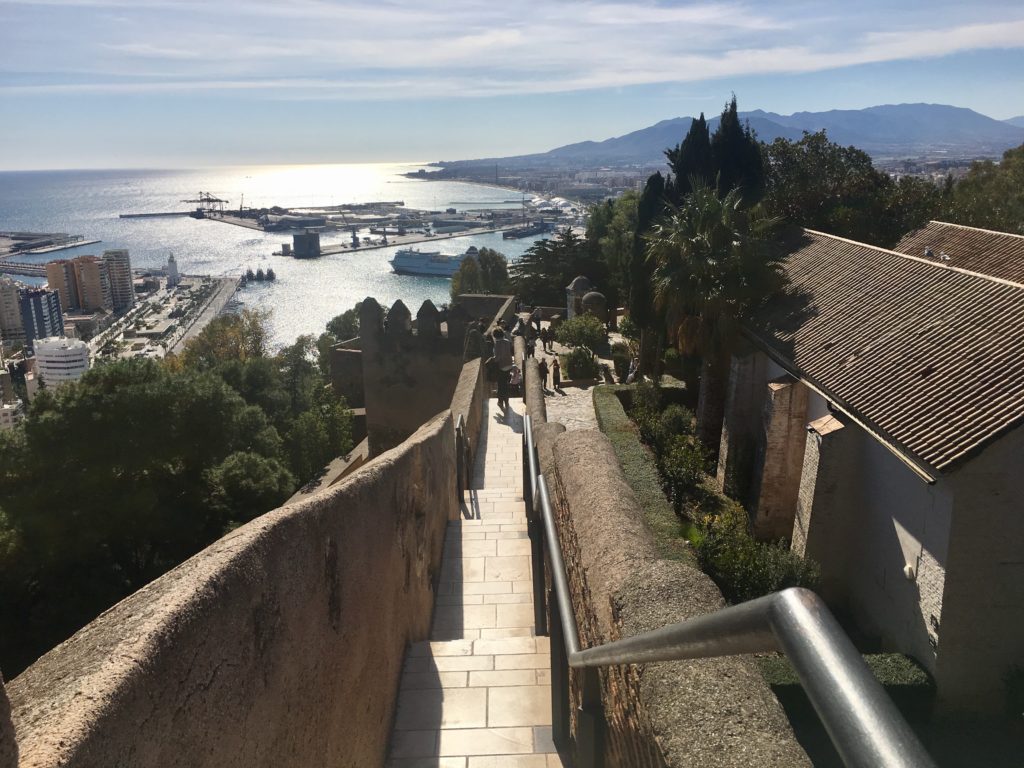
If you go a little further, you can already reach the lively main beach La Malagueta. For a Spanish city beach, which is often considered overcrowded, it is absolutey worth a visit: locals and tourists are spread on the kilometre-long beach, whereby you will always find a beautiful spot to relax. The beach is lined with tropical palm trees, inhabited by small green parrots, and also offers numerous cafés and restaurants, the so-called Chringuitos. From here you can easily walk to the traffic-calmed city centre, where you can shop or eat and drink wonderfully.
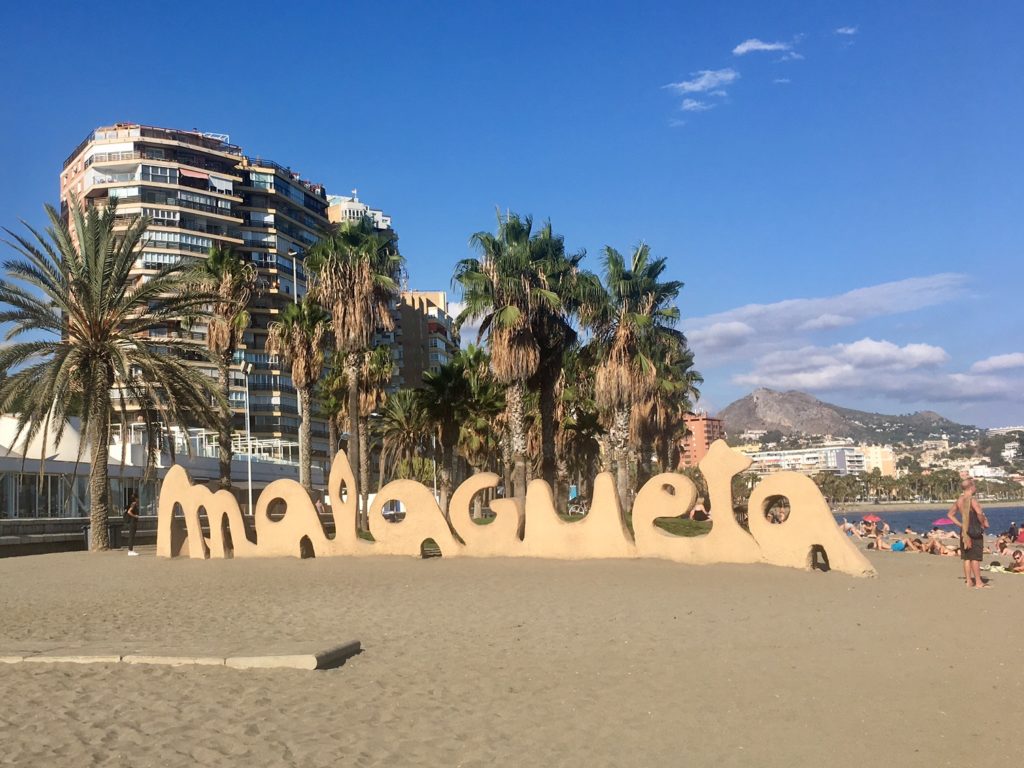
If you want to continue sightseeing, you can visit the cathedral or one of the numerous museums. Malaga is the birthplace of the world-famous artist Pablo Picasso, so there is no way around the Picasso Museum or his birth home.
And when the sun sets in Malaga, its red and golden light shines on the mountains, and the shadows on the olive groves become longer, things really get going.
In the evening, the picturesque scenery turns into a colourfully illuminated paradise for gourmets. Old and young meet here on the streets and squares of the historic old town to end the evening with a cool tinto de verano or a caña (small beer). And those who are not yet drawn home will surely find the right thing between the numerous bars and clubs: There is no lack of live music, jam sessions, and salsa courses in the city, nobody will get bored here. So why not go to Malaga for a Spanish course?
What are you waiting for to come to Malaga to learn Spanish?


